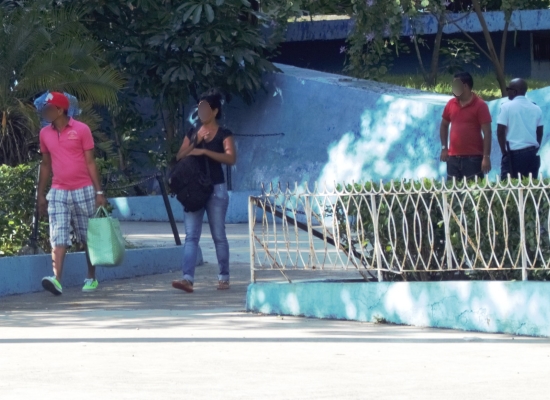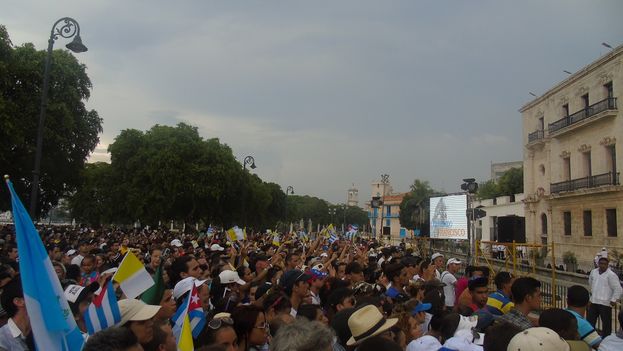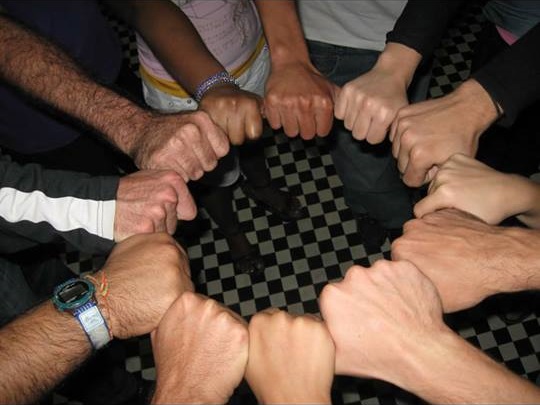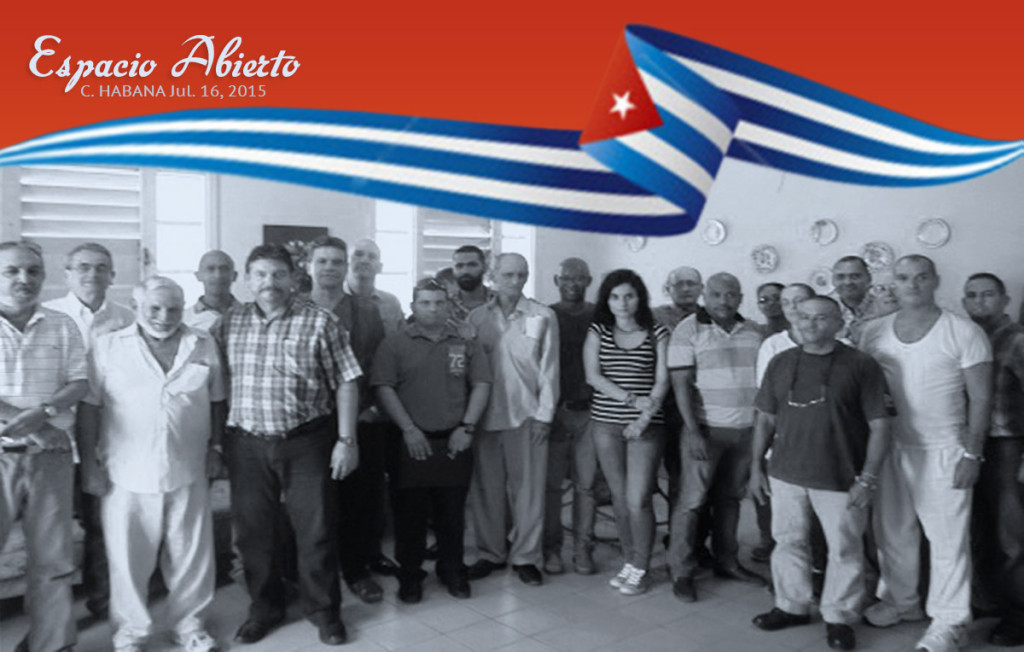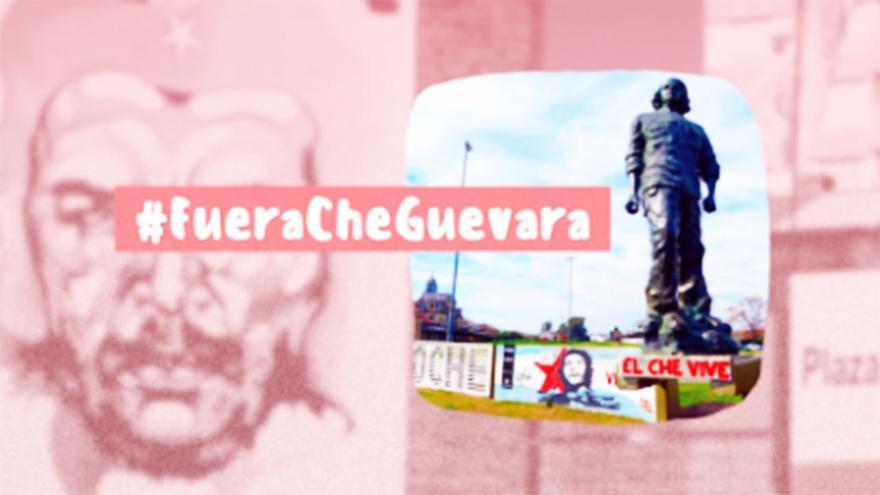
![]() 14ymedio / Manuel Mons, Argentina, July 25, 2021 — “Out with the dictator Che Guevara from the City of Rosario,” demands a group of young people from the Alternative University Collective, of the Faculty of Political Sciences of the National University of Rosario, in Buenos Aires, through the citizengo.org platform.
14ymedio / Manuel Mons, Argentina, July 25, 2021 — “Out with the dictator Che Guevara from the City of Rosario,” demands a group of young people from the Alternative University Collective, of the Faculty of Political Sciences of the National University of Rosario, in Buenos Aires, through the citizengo.org platform.
The petition is addressed to the mayor of the city of Rosario, Pablo Javkin, and the president of the Deliberative Council, María Eugenia Schmuck. Published on July 15, and already containing 17,847 signatures, and it states: “Young people from Rosario support the fight for the Freedom of the Cuban people.”
The promoters of the initiative note that while in Cuba “there is no free expression, basic goods are scarce, and 51% of the population lives in poverty, in Argentina the authoritarian leaders who plunged Cuba into this chaos are honored and have a cult following.” continue reading
For this reason, they ask the political class for honesty and coherence, and demand the revocation of the title of “Illustrious Citizen,” granted in 2003 by the Deliberative Council of Rosario, to one who facilitated the coming to power of the Castros. In addition they seek to to rename the Plaza del Che to a name voted by the Rosario citizenship. “In the same way, we request the removal of the Guevara mural from the Plaza de la Cooperation.”
Meanwhile, through the Twitter de Alternativa account they strengthened their demand by ensuring that young people from Rosario “don’t swallow the party line and stop treating murderers as if they were heroes. It shows a lack of respect for the Cuban people and the victims of communism.”
And so they expressed their sentiments on July 17 in front of the Flag Monument, in the city of Rosario, where a group of young people gathered to demand the liberation of Cuba shouting “Homeland and Life” in opposition to the official slogan of “Homeland or Death.”
They noted that there have been more than 60 years of repression on the island, a time when “about 2 million Cubans had to go into exile, 78,000 died trying to escape, 11,000 were murdered, and 15,000 died in military interventions abroad.”
The expressions against Che Guevara have also been felt in Madrid, where more than fifty people gathered by the Patria y Vida platform assembled on Saturday in front of the statue of the guerrilla, to express that it represents persecution of the victims of Castroism, so they asked that it be removed from a roundabout on Oleiros (A Coruña, Spain).
Cubans, Venezuelans and Spaniards all chanted slogans such as: “Long live free Cuba!” “We want freedom!” and “Homeland and life.” In statements to Efe, the Cuban Fran Vega, from the Association of Victims of Castroism, proclaimed an end to violence in Cuba and that there should not be one more reprisal, nor one more death.
Translated by Tomás A.
____________
COLLABORATE WITH OUR WORK: The 14ymedio team is committed to practicing serious journalism that reflects Cuba’s reality in all its depth. Thank you for joining us on this long journey. We invite you to continue supporting us by becoming a member of 14ymedio now. Together we can continue transforming journalism in Cuba.



